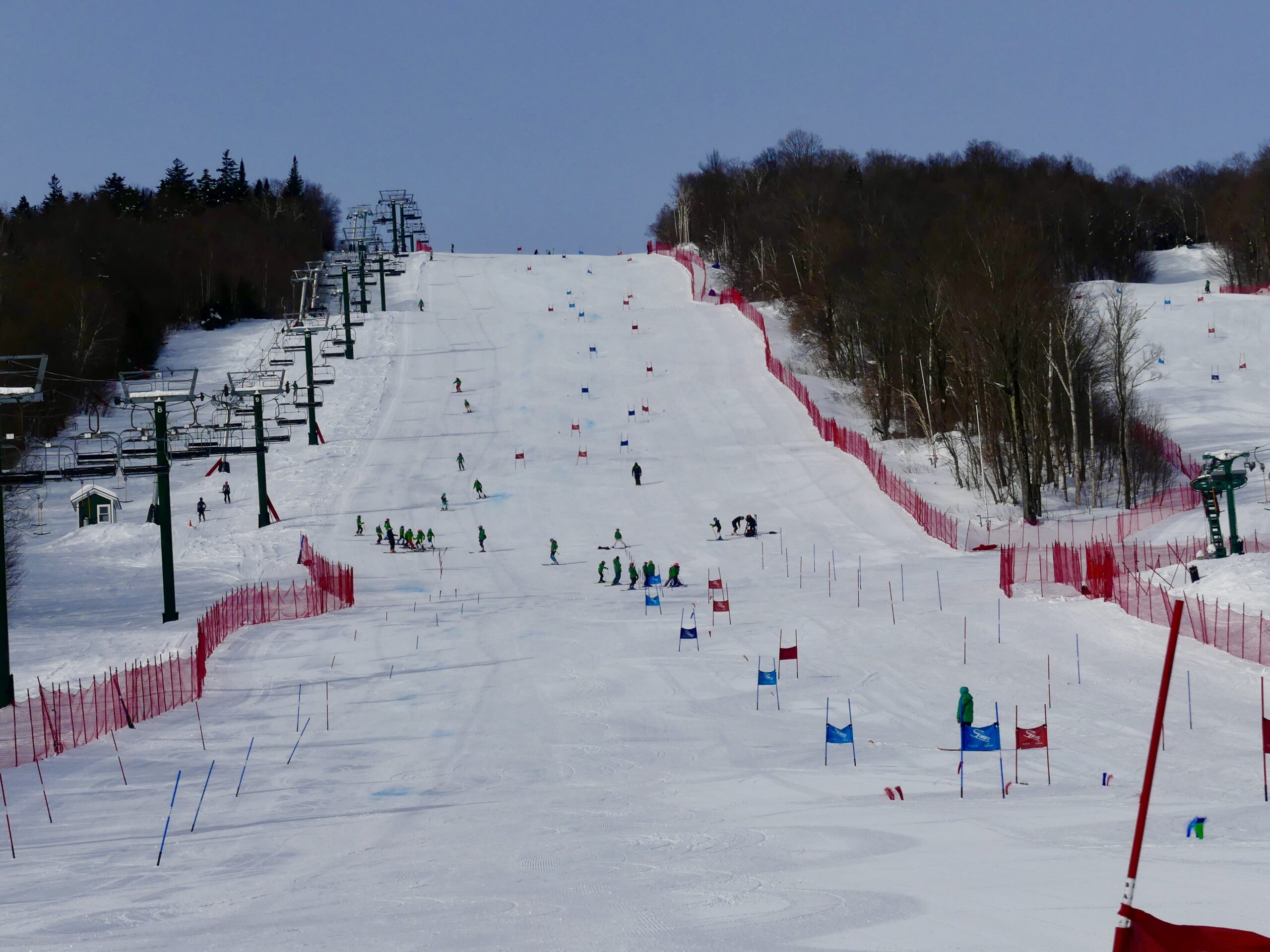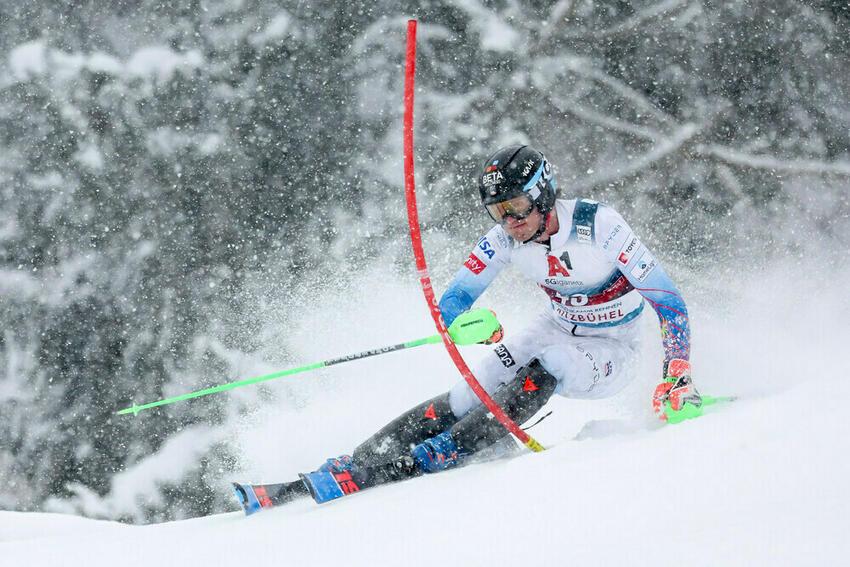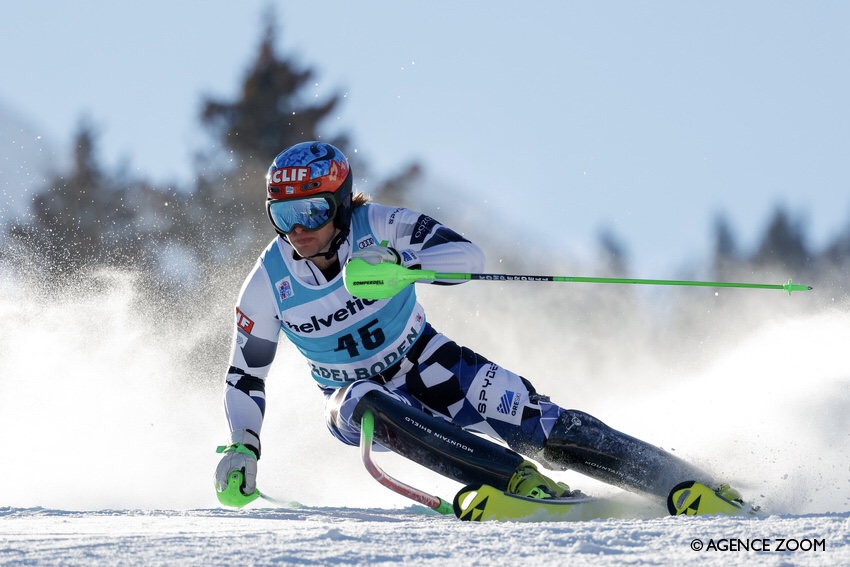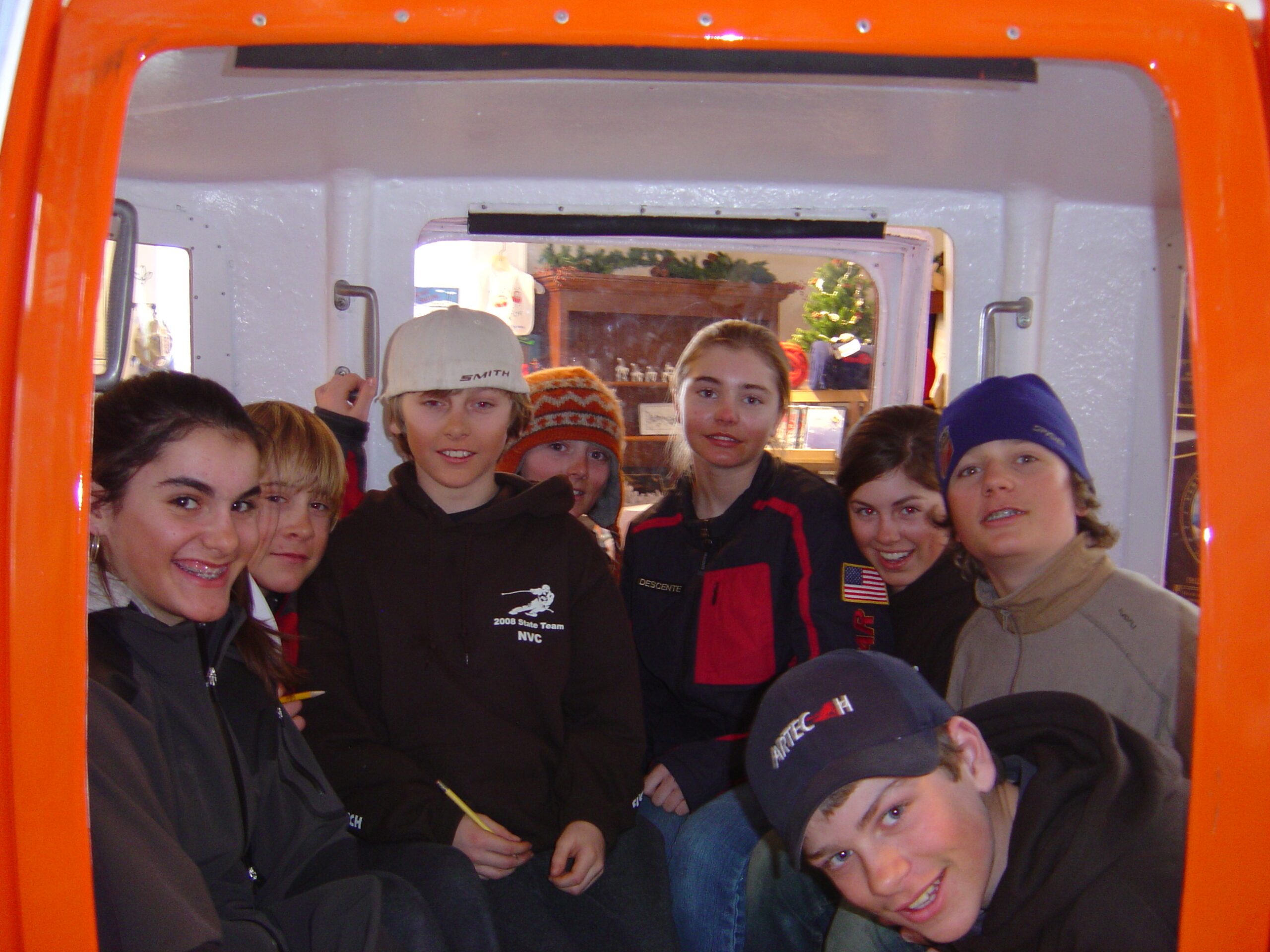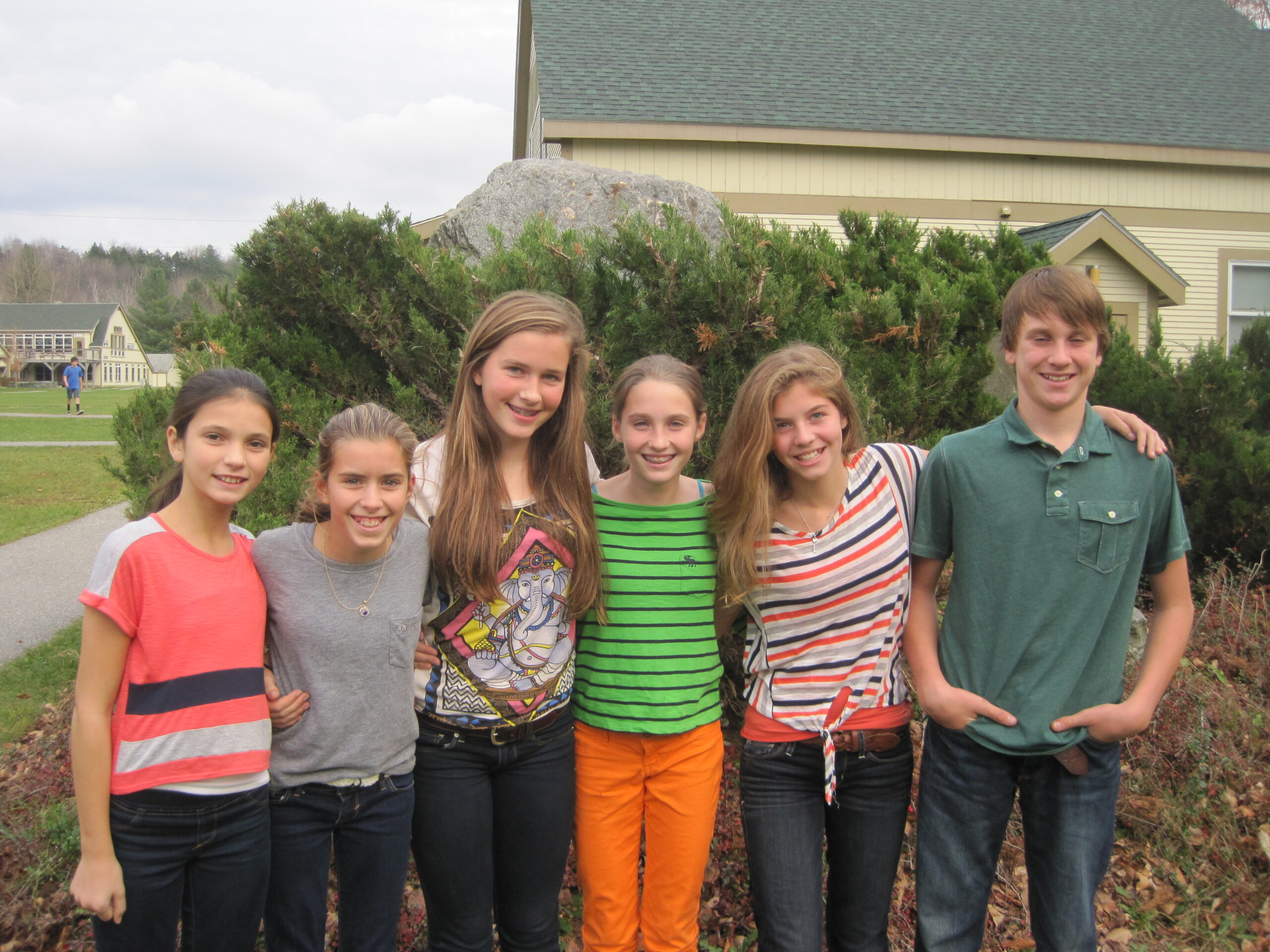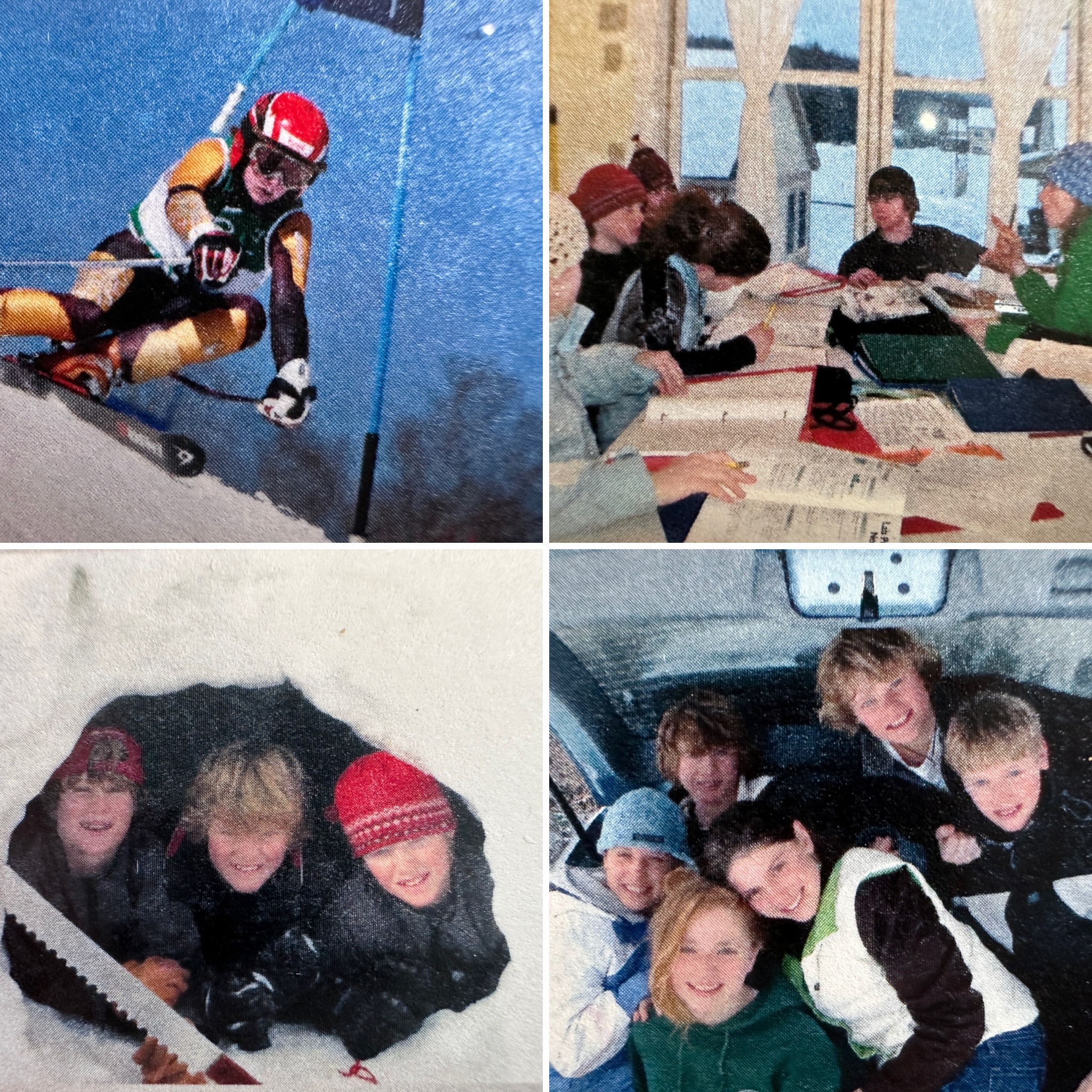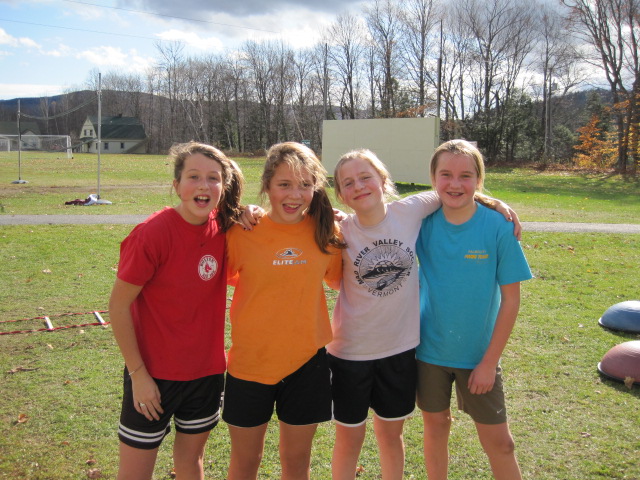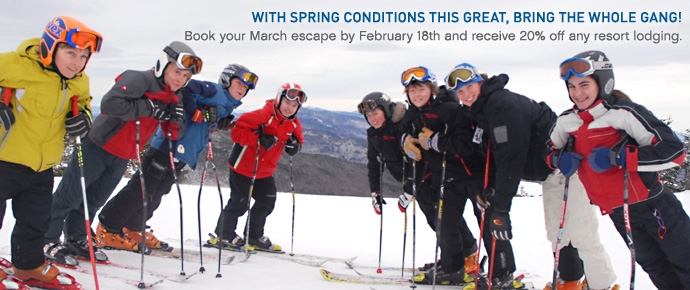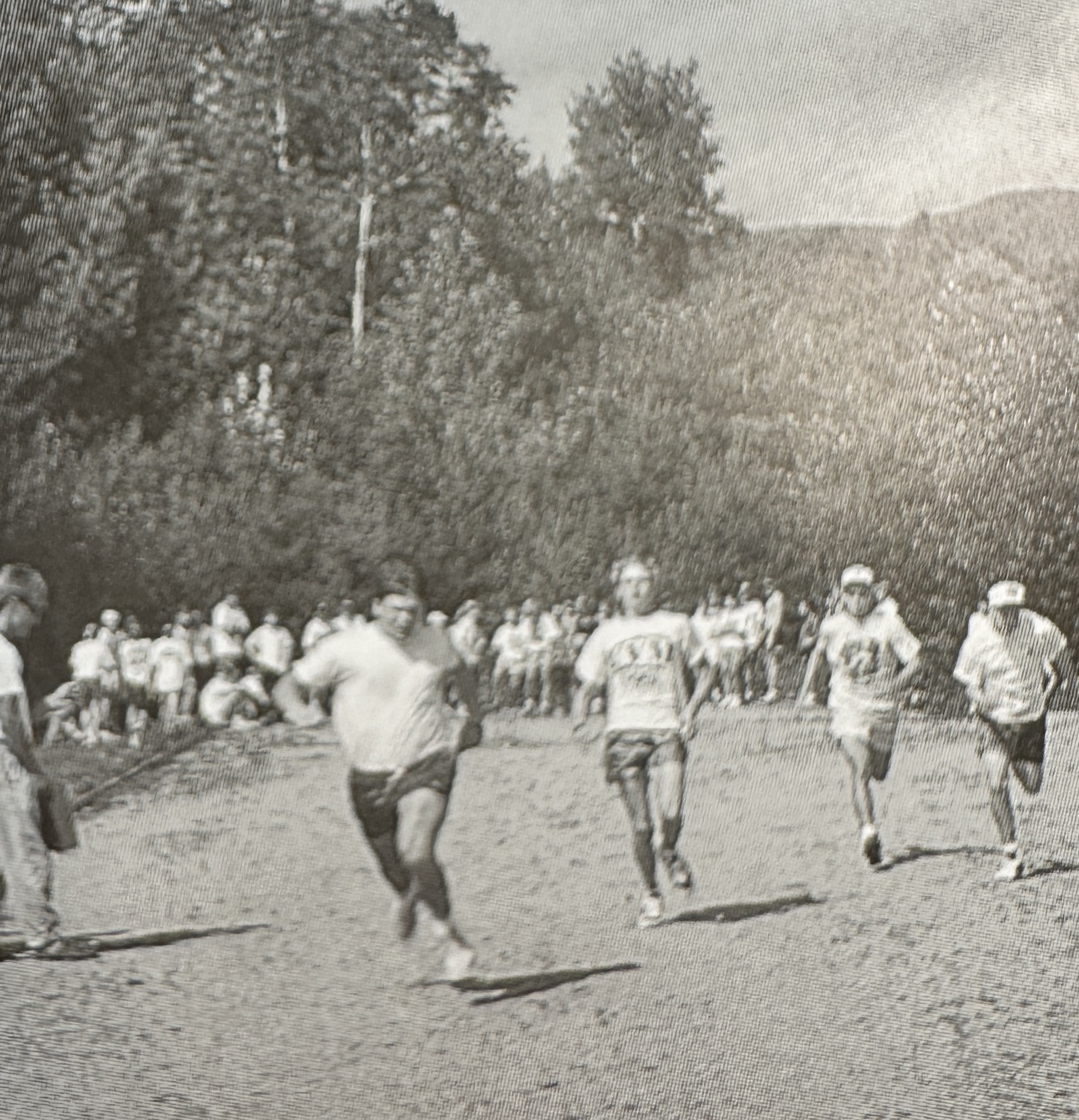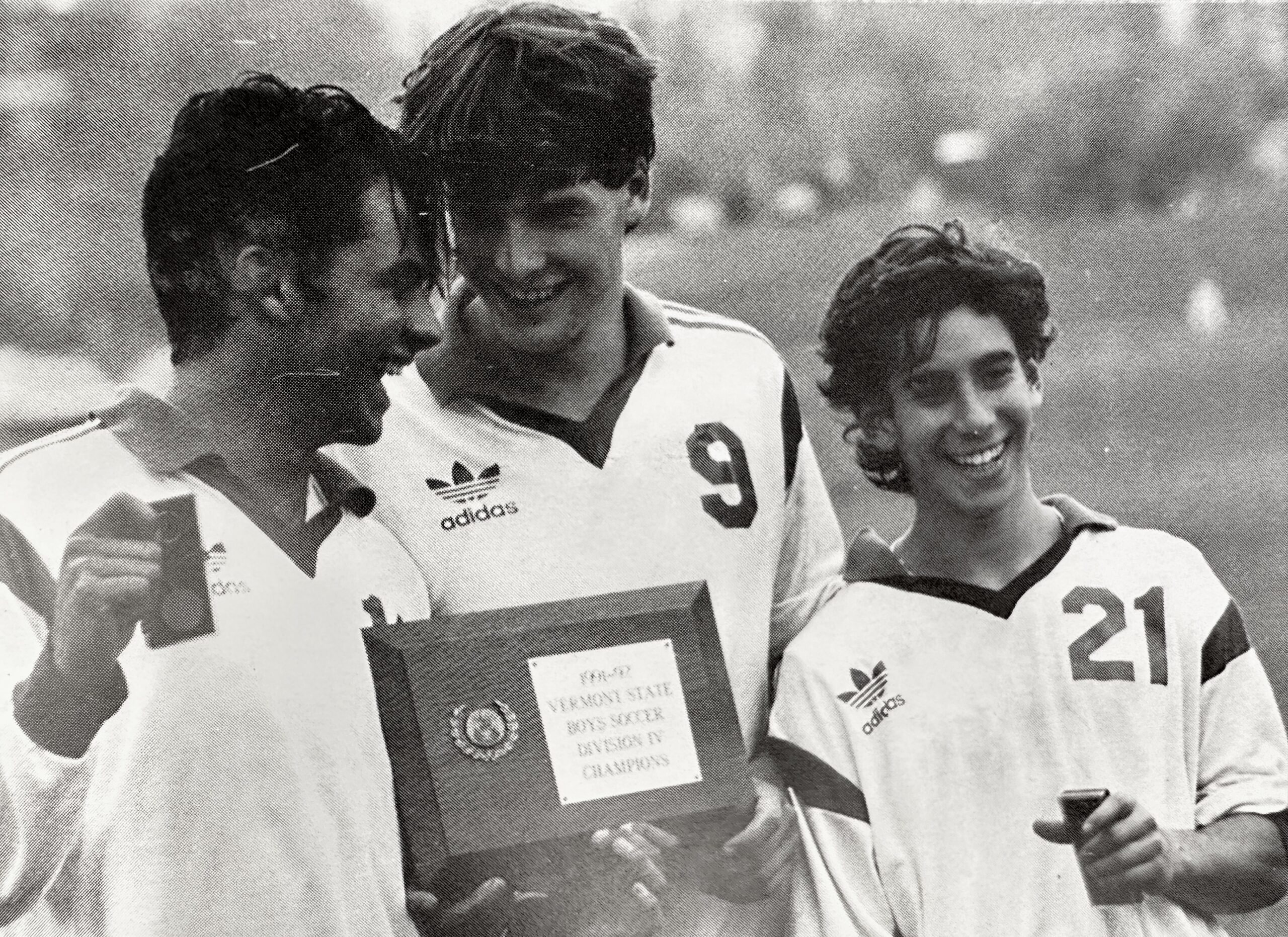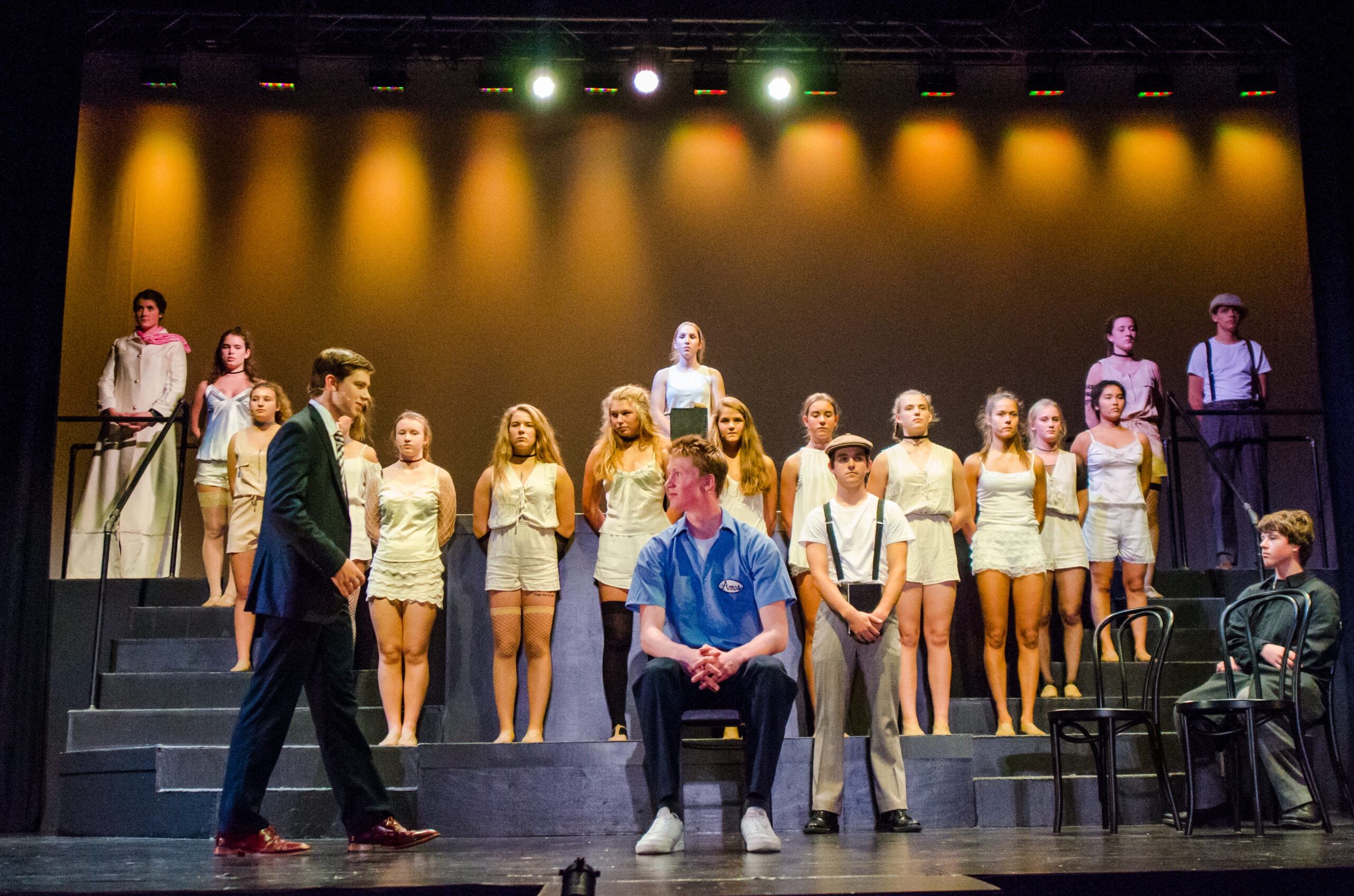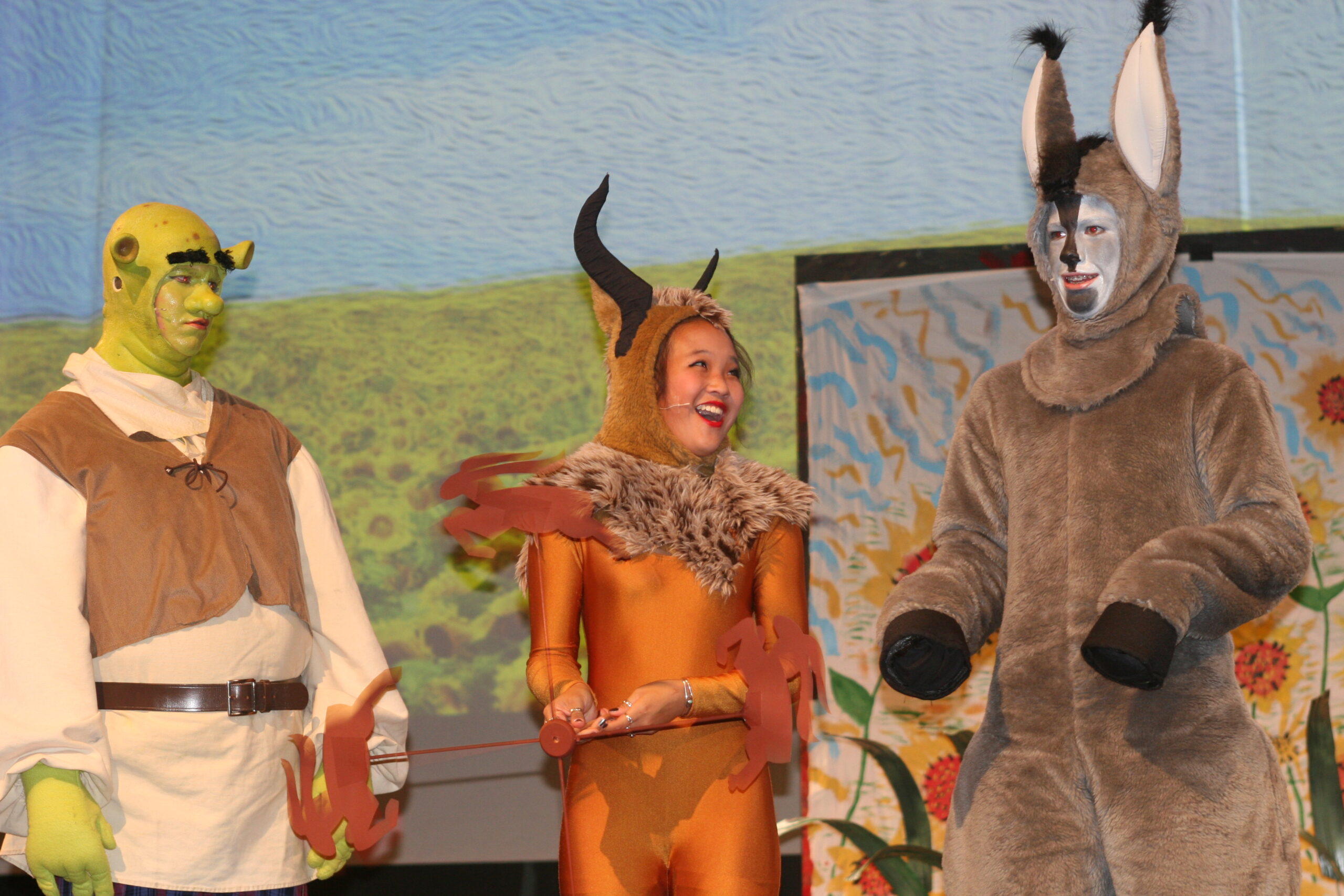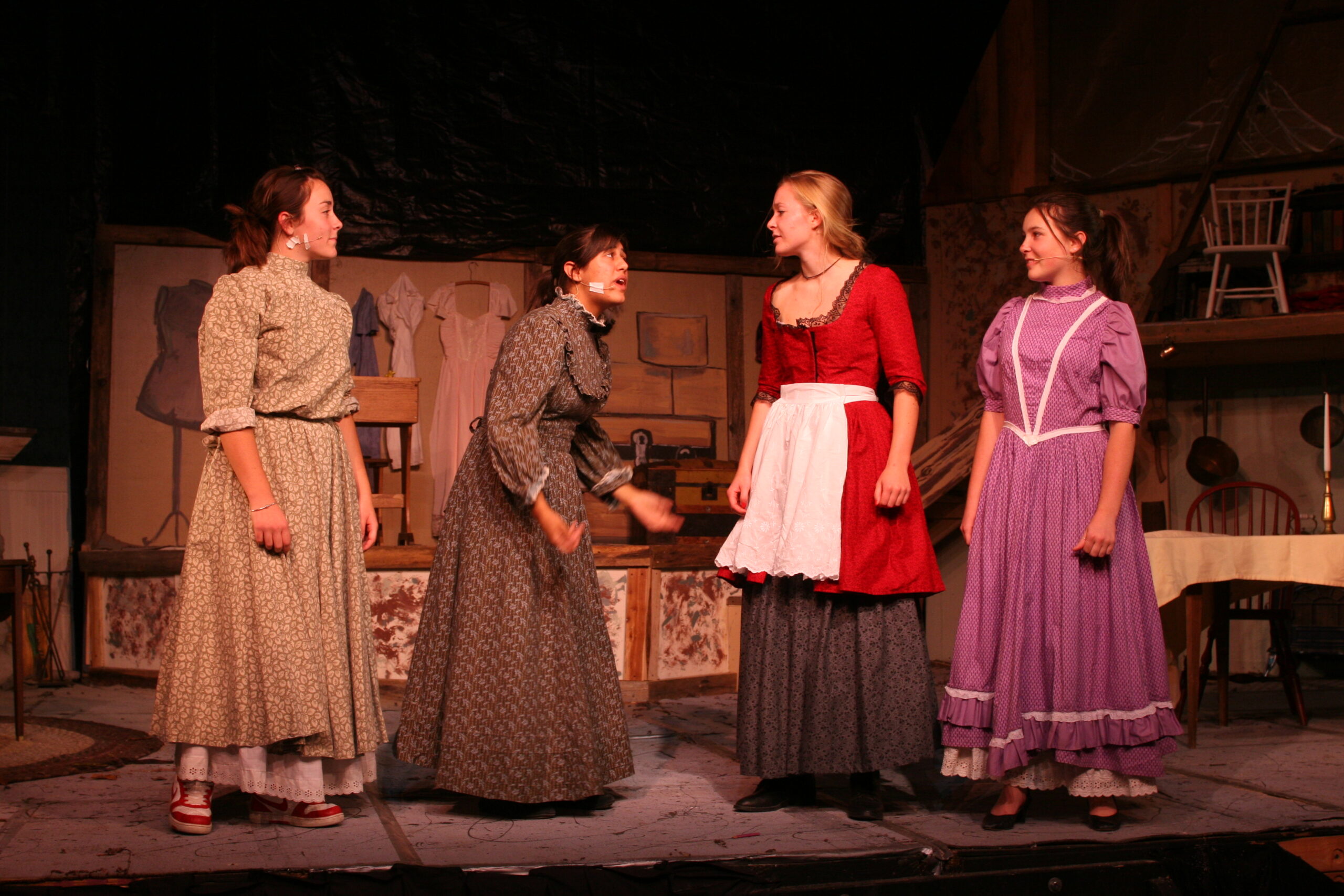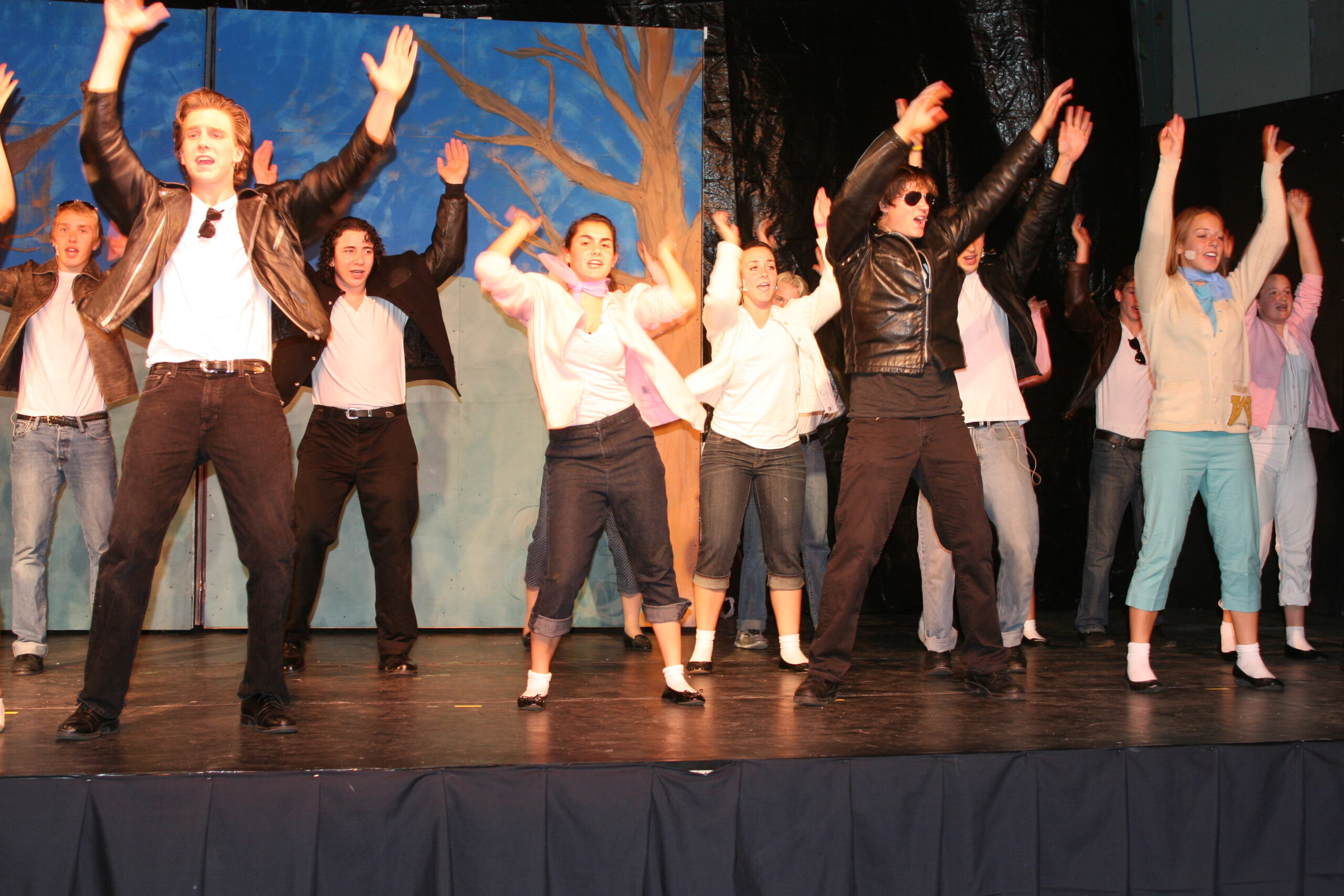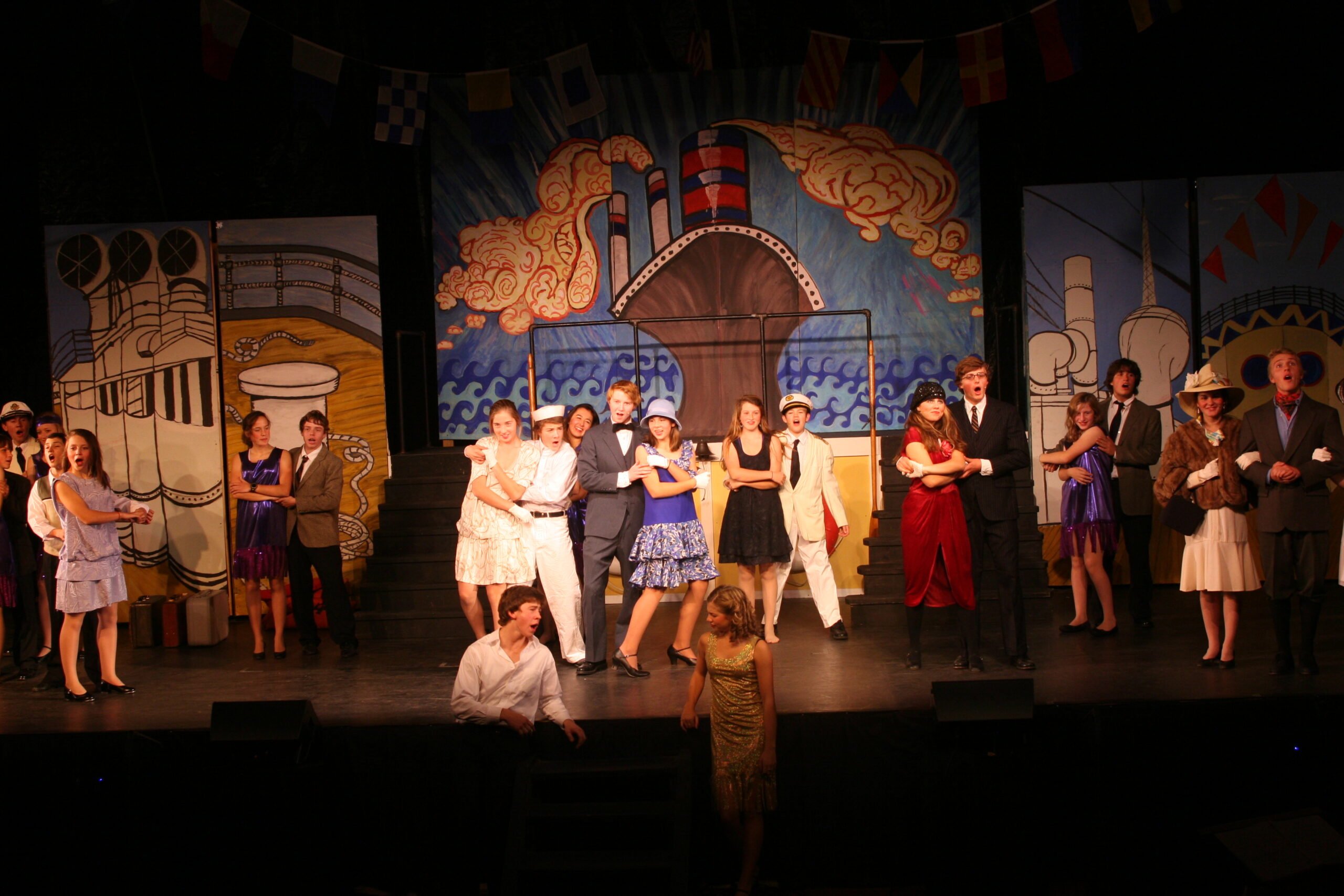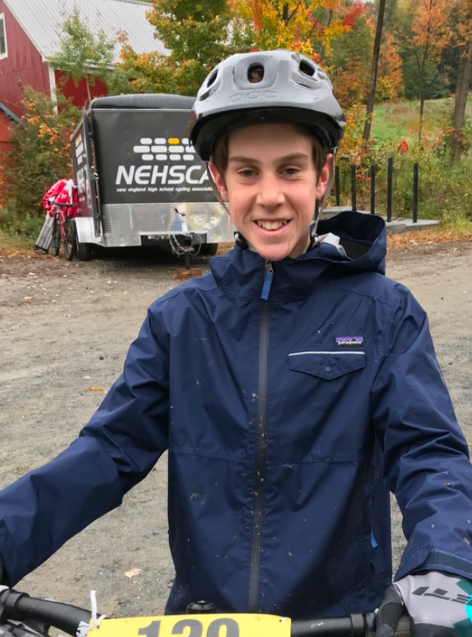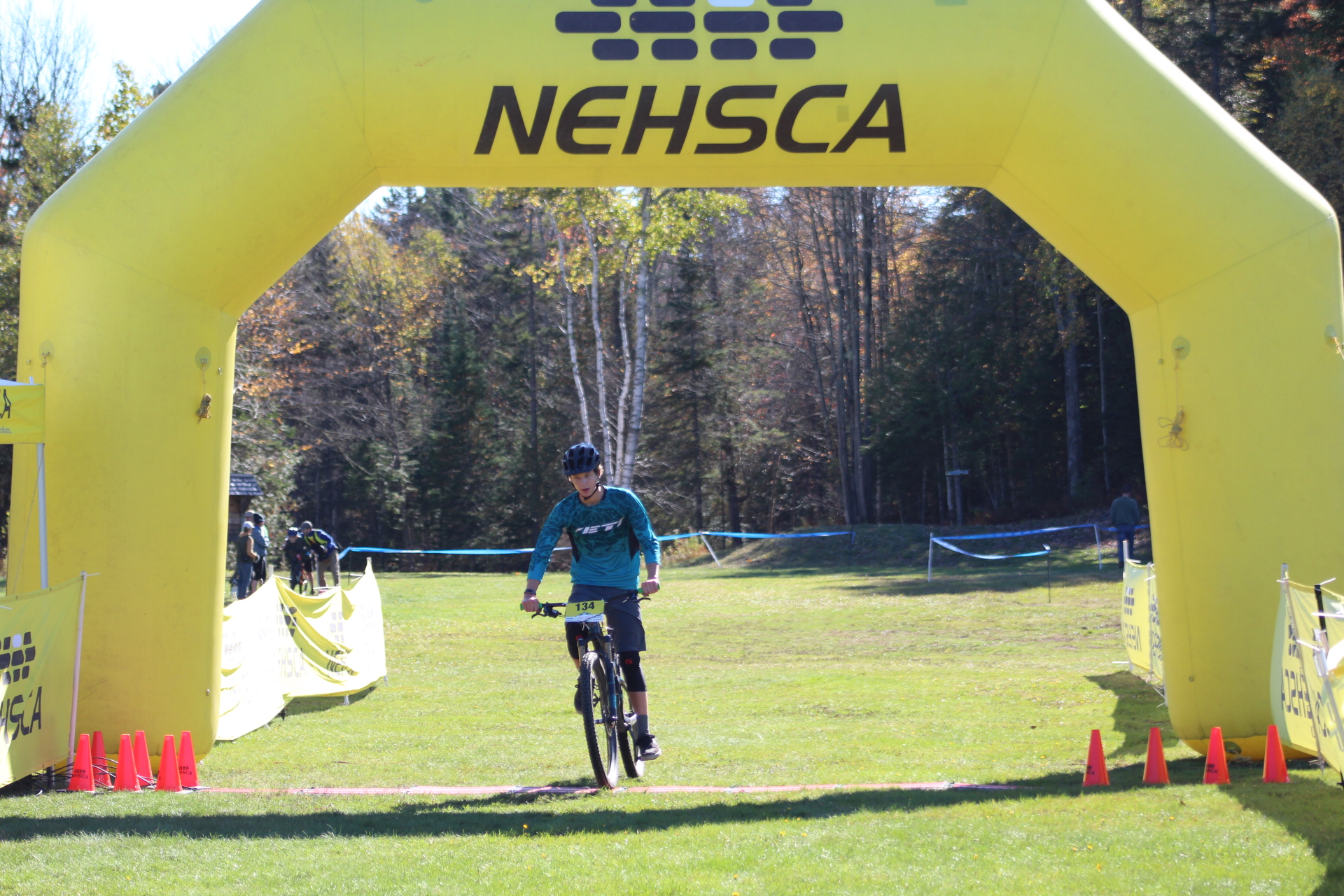THE HOWL – FACT 15 of 50
Over the years, the creative GMVS community has developed many traditions. One well-known tradition familiar to alumni in the 70s and 80s is The Howl. Originated by Ashley Cadwell, one of the school’s founders and GMVS Headmaster from 1978 to 1984, The Howl is brought out during special occasions. “[Ashley] would start it kinda low and mellow and then we would all start to join in and it would grow and grow in energy and volume until it was craziness. It would go for about 30 seconds. We all just felt better after!” remembers Doug Lewis ‘82.
Ashley Cadwell recalls that “The dubious inspiration came from a desire to encapsulate in a graduation speech what it takes to be a ski racer/open minded/whole person…to theatrically portray the uninhibited joy of expressing yourself among friends, in community. It could have been that somewhere in my Humanities course that we read Allen Ginsberg’s ‘Howl’. I suspect, though, a more likely source was Ken Kesey or Gary Snyder. I always love instigating The Howl, as much for the aghast looks of the inhibited as for the unabashed full throated exhalations of the uninhibited (in the latter group I could always recognize the best racers, actors, creative thinkers, of which in the Mad Acad/GMVS crew there were many). When I instigated it at graduation I knew all you kiddos knew what was up…the parents and friends were invited into the inner sanctum…if they joined in.”
“My first memory of The Howl is when we lost Heidi Burk [in 1984],”shares Sally Utter ‘87. “I remember we had an all school community meeting trying to process our grief, and Ash was talking us through life’s terrible moments, and somehow in the healing process we were all howling at the moon. From then on, the group Howl was brought out when we needed collective solace, or everyone needed to simply take a deep breath from the stress of school/skiing or life in general.”
Founder Jane Hobart remembers fondly the spirit of the act. She says, “Ashley loved doing it and always had a mischievous look in his eye when he had a chance to instigate a Howl. It became representative of Ash’s joyous connection to the kids.”
Will Ashley bring out The Howl during the 50th celebration in June? There’s only one way to find out – we hope to see you there!



